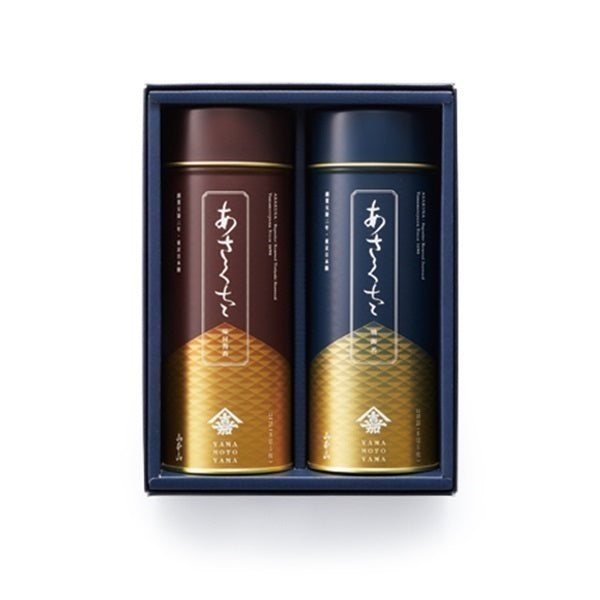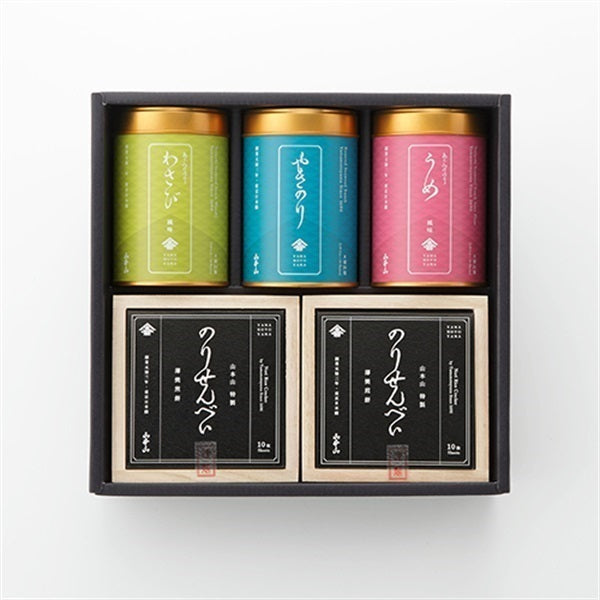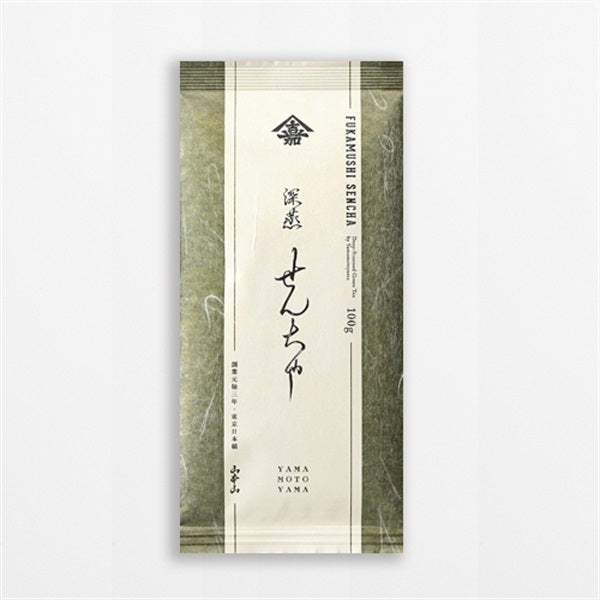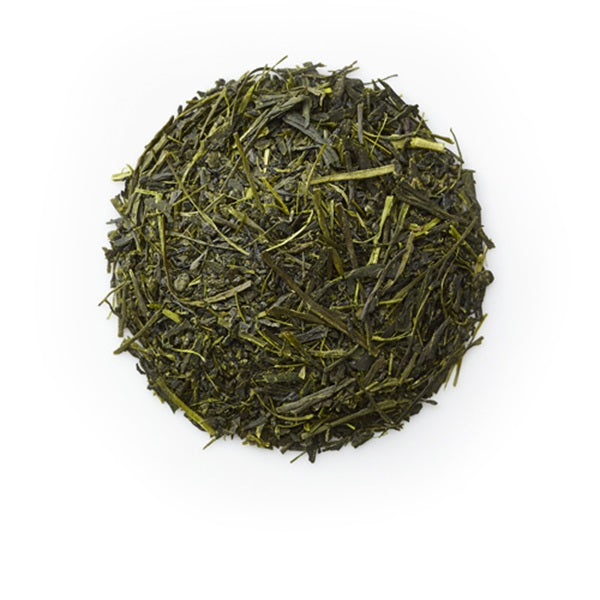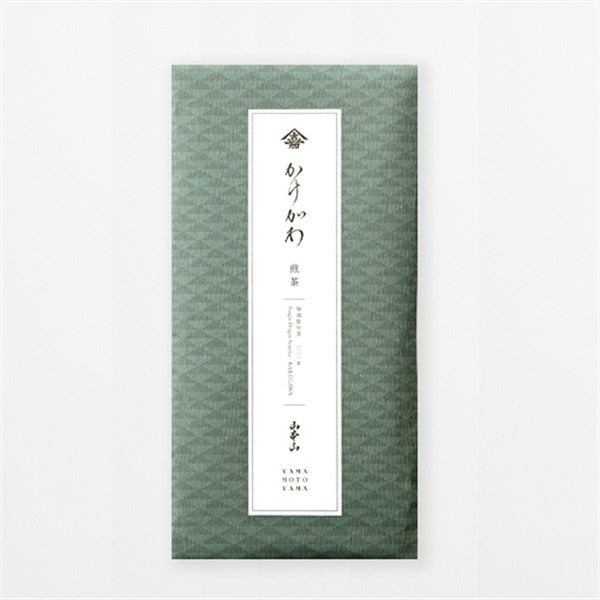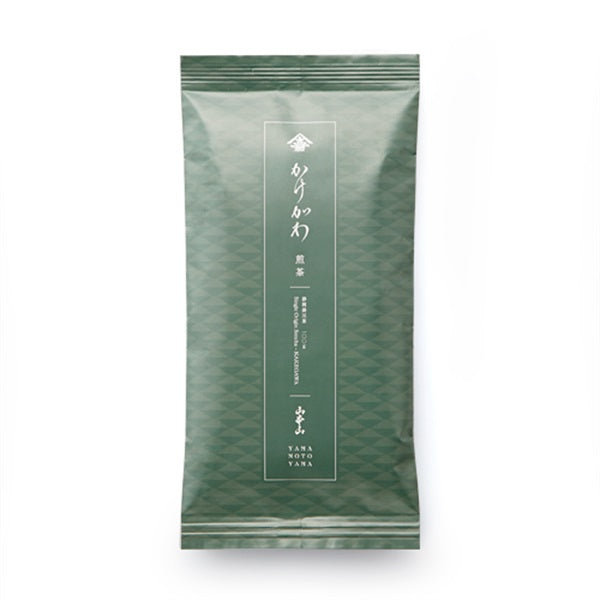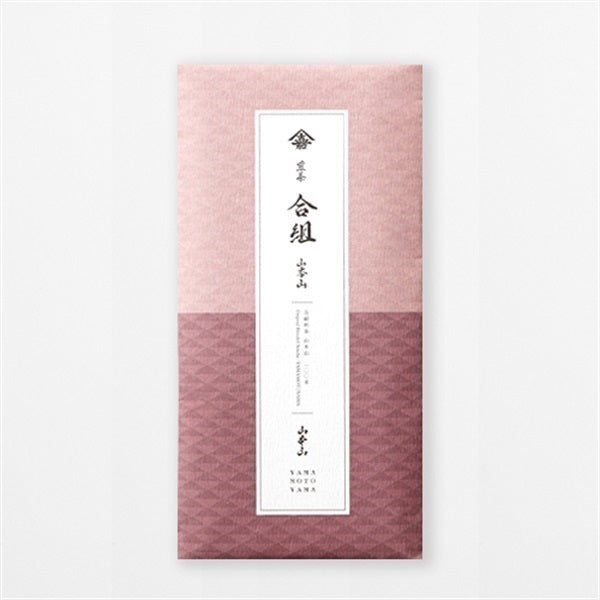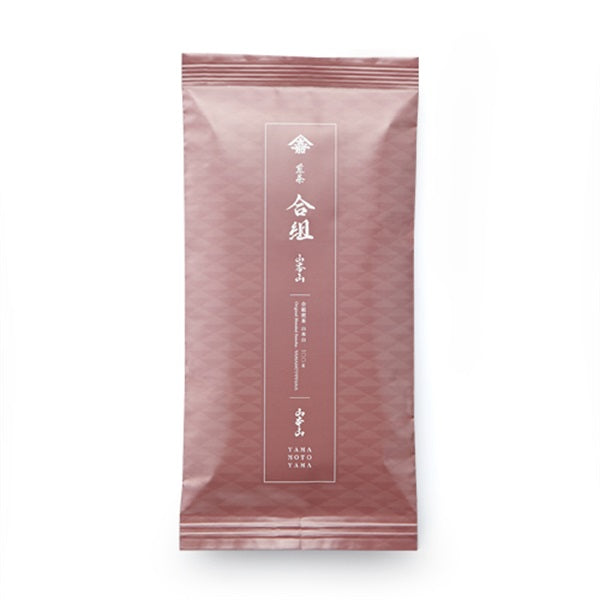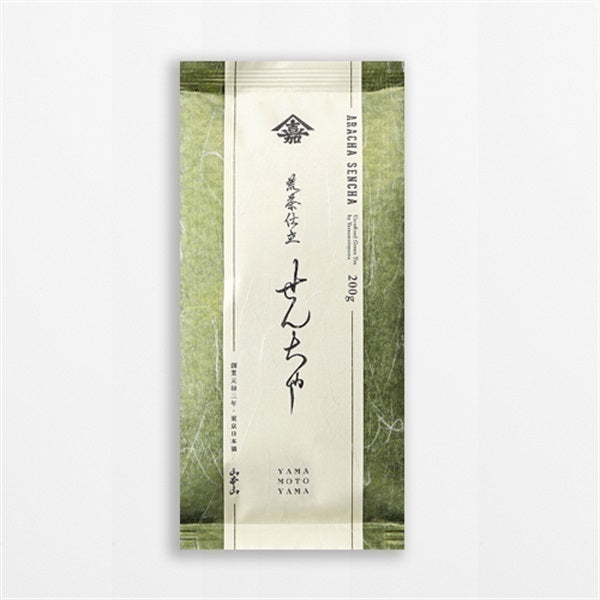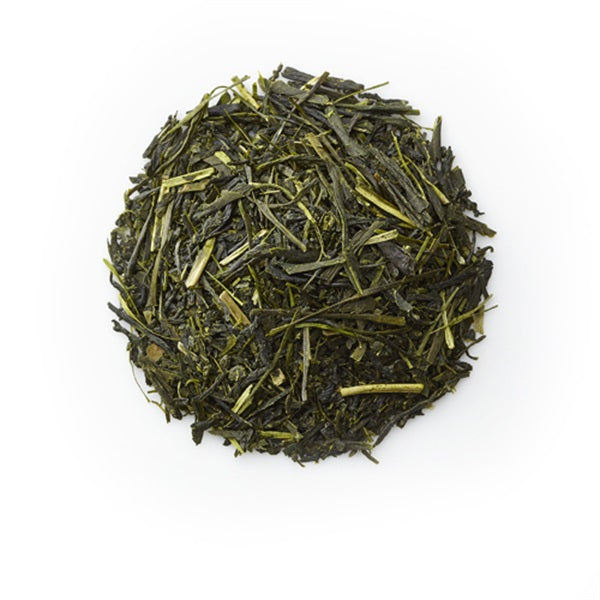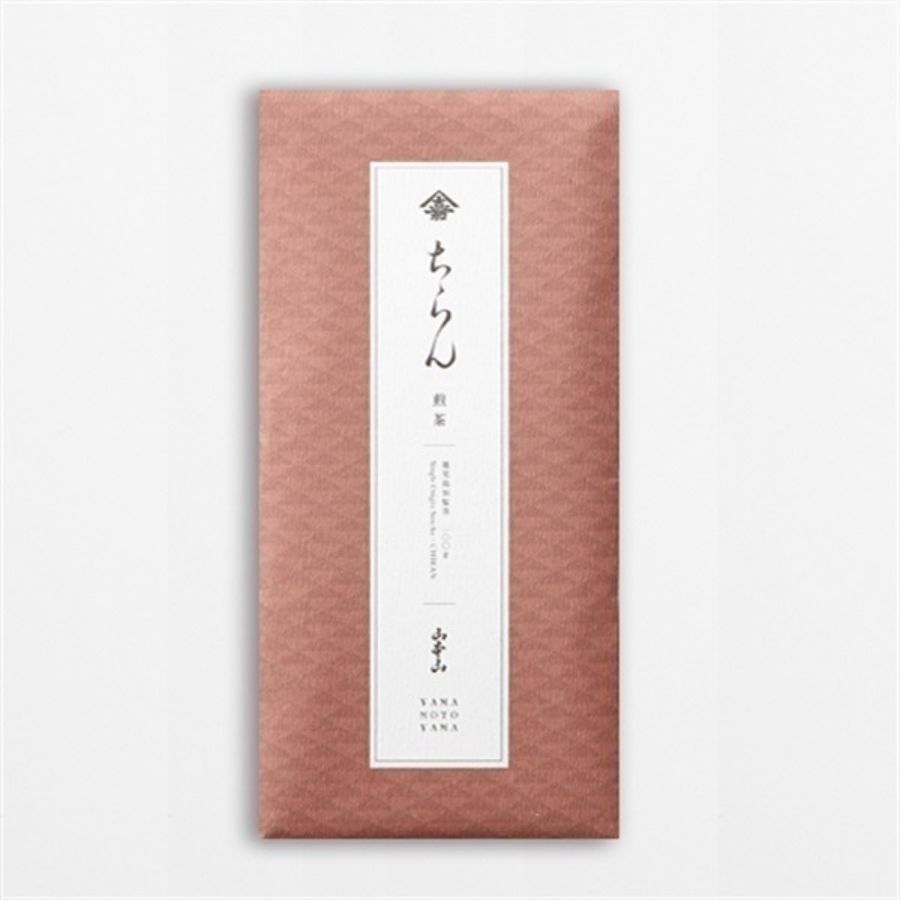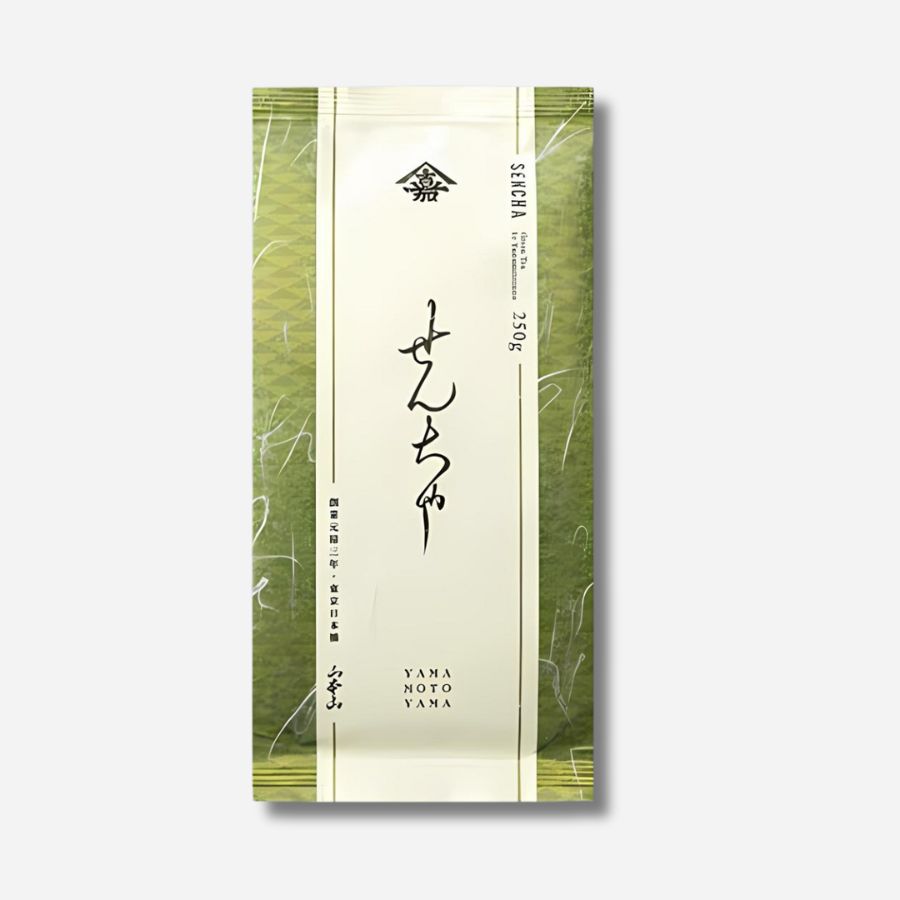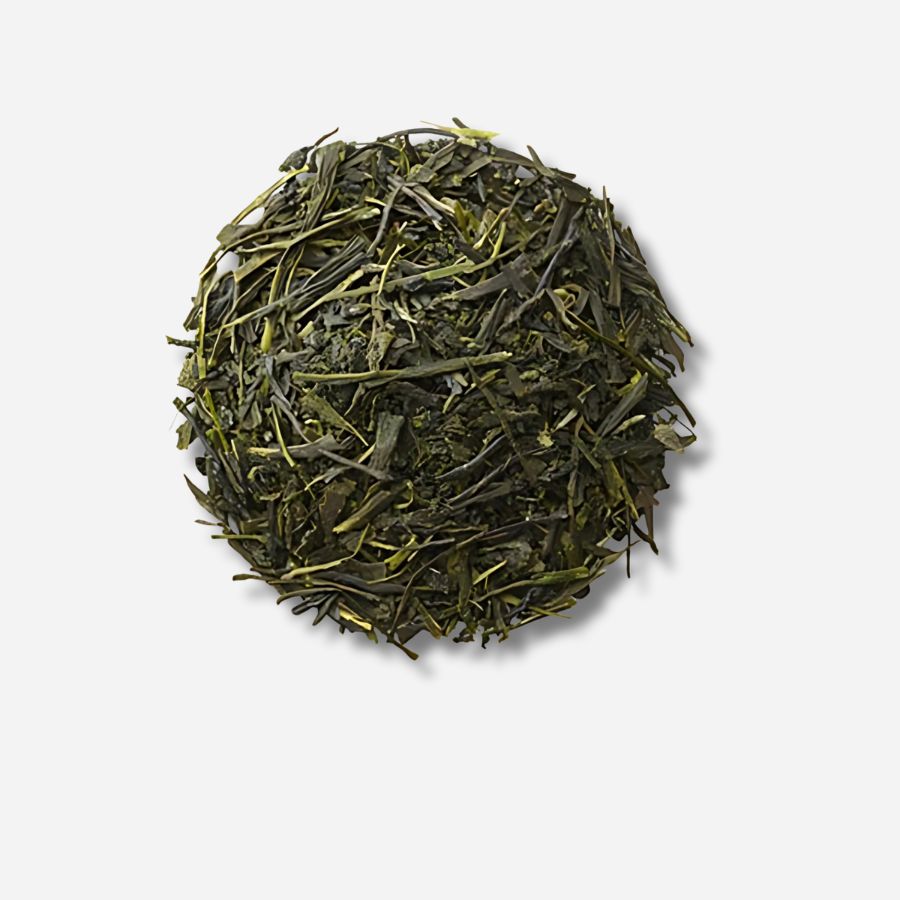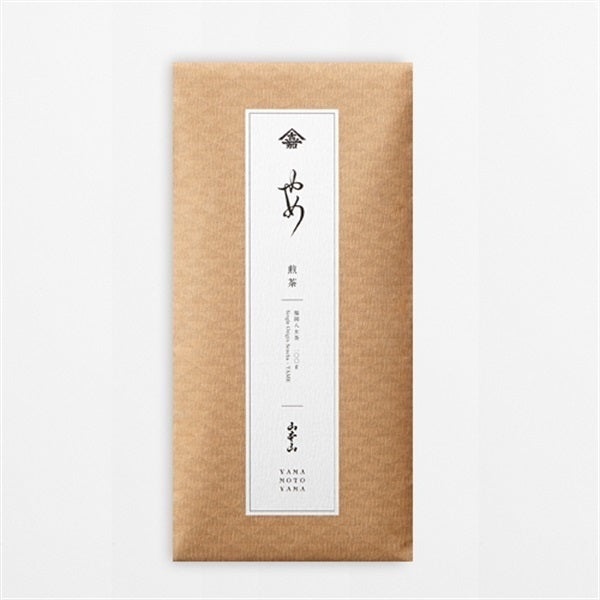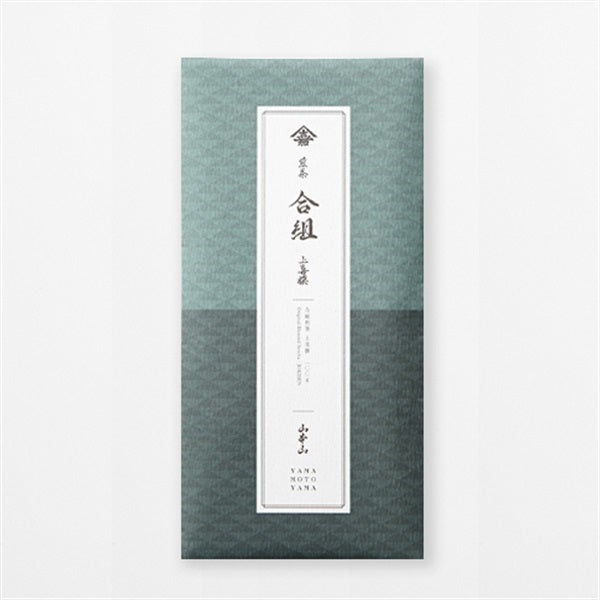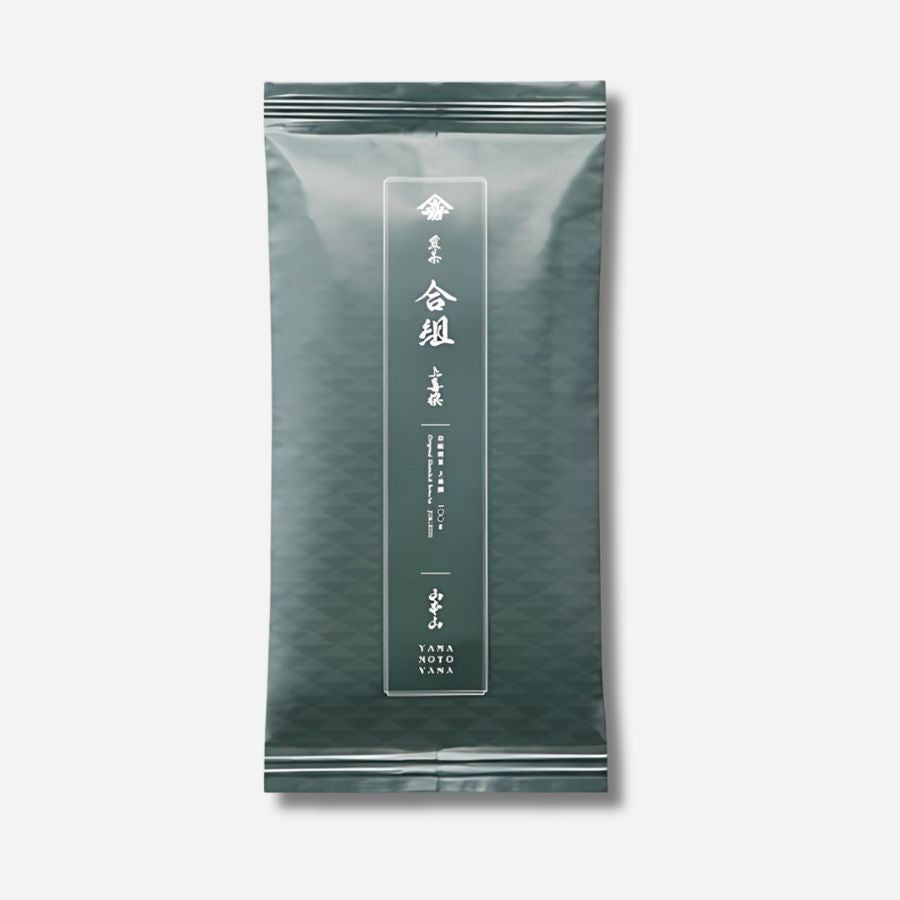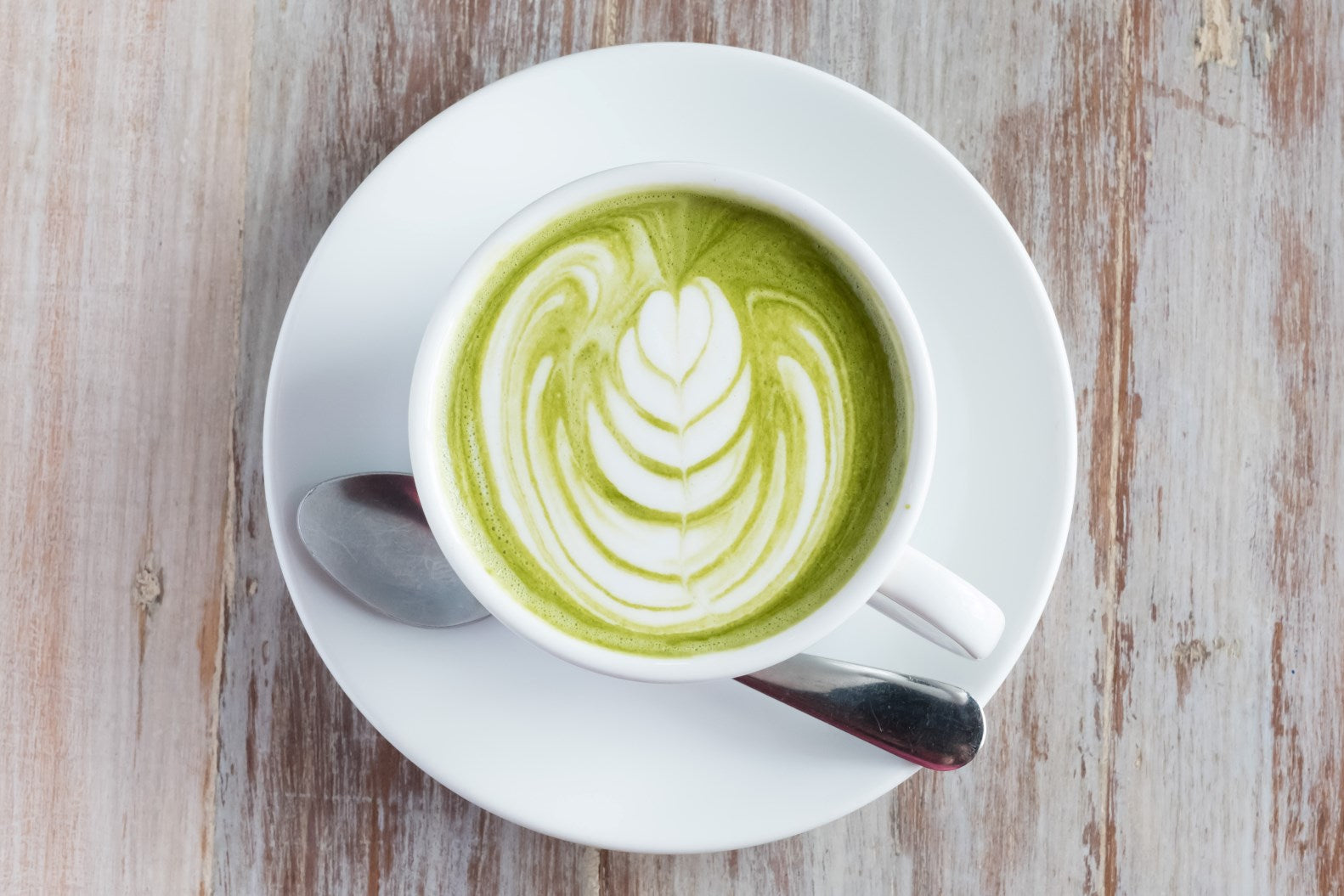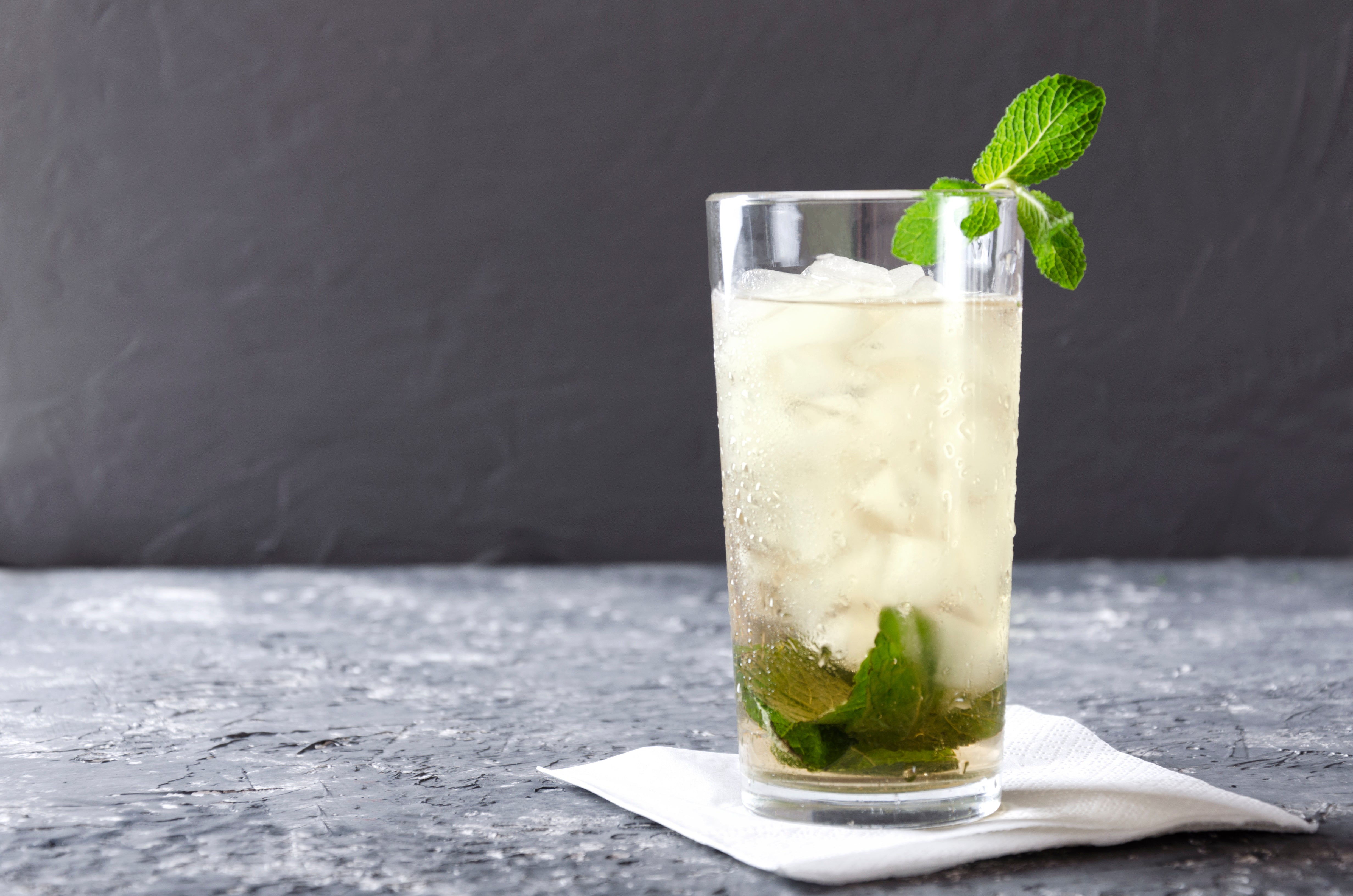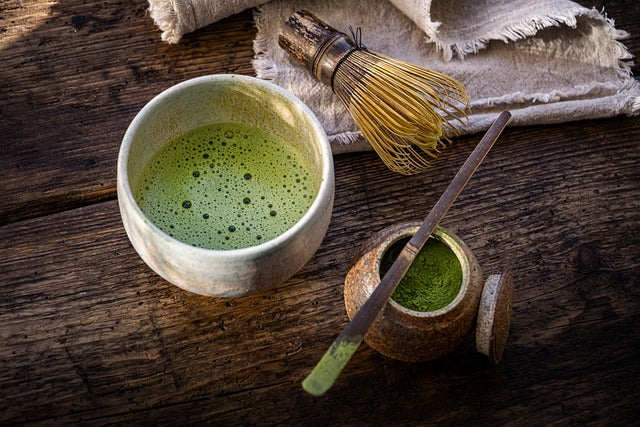
[Different manufacturing methods, nutritional value, and drinking methods] What is the difference between green tea and matcha? | Comprehensive explanation
Introduction
Green tea and matcha are both representative Japanese teas, but there are big differences in how they are made and how they are drunk.
In this article, we will explain in detail the basic differences between green tea and matcha, as well as their respective characteristics and appeal.
A must-read for anyone who wants to know the difference between green tea and matcha.

What is Green Tea?
Green tea is made from the leaves of the camellia plant, an evergreen tree in the Theaceae family.
Black tea and oolong tea are both made from the same tea plant leaves, but the big difference is in the way they are made after the leaves are picked.
Green tea is made by heating the tea leaves after they have been picked, stopping the fermentation process.
This process of stopping fermentation preserves the tea leaves' bright green colour and their crisp, clean flavour.

There are a wide variety of green teas, including sencha, gyokuro, and hojicha.
Each type of tea has a different cultivation method and manufacturing process, resulting in a variety of flavors, aromas, and colors.
Also, matcha, which at first glance seems like a different type of tea, is actually part of the larger category of green tea.
Green tea is deeply rooted in Japanese food culture and has been enjoyed for a long time.
It is now loved all over the world for its refreshing flavor and ingredients that are said to be beneficial for health.

What is Matcha?
Matcha is a type of green tea made from the leaves of the camellia plant, an evergreen tree of the Theaceae family, just like green tea.
This refers to finely powdered tea made by carefully grinding dried tea leaves in a stone mill.
It has a long history, was perfected by Sen no Rikyu, and has been used in the tea ceremony that continues to this day.

Matcha, which was developed within the traditional culture of the tea ceremony, is not just a drink, but is deeply rooted in the lives of Japanese people as a culture that embodies the spirituality of Zen and the aesthetic sense of wabi-sabi.
Today, matcha is enjoyed all over the world, not only in the tea ceremony, but also in a variety of other forms such as matcha lattes and matcha sweets.

4 Differences Between Green Tea and Matcha
Matcha and green tea are both popular Japanese teas and are loved by many people, but there are some big differences between them.
How tea leaves are grown, how they are produced after picking, how to drink them, and their nutritional value.
Let's take a closer look at the differences between matcha and green tea, focusing on these points.

1. How tea leaves are grown
Green tea : Regular green tea is grown in plenty of sunlight. This is called open-air cultivation, and by receiving direct sunlight, it produces many nutrients such as catechins and other polyphenols. These ingredients have a significant impact on the flavor and nutritional content of green tea.

Matcha : The tea leaves that are used to make matcha are grown using a method called cover cultivation, in which the tea fields are covered with reeds or straw for a certain period of time (usually more than 20 days) before harvest.
This cultivation method suppresses photosynthesis and reduces the production of catechins, the astringent component.
On the other hand, the amount of amino acids such as theanine, which is a flavor component, increases, giving the tea a mellow flavor.

2. Manufacturing method after picking
Green tea : In the case of green tea, the picked tea leaves are steamed to stop fermentation, and then rolled and dried.
The rolling process distributes the moisture evenly throughout the tea leaves, shapes them, and makes it easier to extract the flavor.

Matcha : Matcha is the only tea that is not rolled during the manufacturing process.
The picked tea leaves are steamed and dried, then stored for a certain period of time to mature, before being carefully ground into a fine powder.
Grinding slowly over time prevents the flavor and color of the matcha from being lost.

3. How to drink
Green tea : Generally, tea leaves are placed in a teapot, and hot water is poured over the tea to make the tea. The flavor of the tea changes depending on the type of tea leaves, the brewing time, the temperature of the water, etc.

Matcha : Matcha is made by putting matcha and hot water in a tea bowl, whisking it with a tool called a tea whisk, and drinking it. In addition to being used in the tea ceremony, it has also been widely used in sweets and beverages in recent years.

4. Nutritional Information
Green tea : Green tea contains a balanced amount of various nutrients, including catechins, vitamins, minerals, and dietary fiber.
In particular, catechin, a type of polyphenol, has a strong antioxidant effect and helps prevent oxidation in the body.
Therefore, drinking green tea can be expected to have various health benefits, such as improving immunity, improving skin condition, and preventing lifestyle-related diseases.

Matcha : Like green tea, matcha contains catechins, caffeine, vitamin C, etc., but what significantly differs it from green tea is the amount of L-theanine, an amino acid component unique to tea leaves.
Because cover cultivation increases the amount of theanine, it is said to have a greater relaxing effect, reduce stress, and improve sleep quality than other green teas.
Other nutritional components are not significantly different from other green teas, but when you drink matcha, you are consuming the tea leaves themselves, so you can take in more nutrients more efficiently.

summary
What did you think? In this article, we have explained in detail the differences between green tea and matcha, from how the tea leaves are grown to their nutritional content.
Green tea is a general term for tea made from the leaves of the Camellia sinensis plant, and matcha is one type of green tea.
However, as you can see, there are some big differences in production method, taste, and nutritional content.

Green tea is made by steaming tea leaves that have been grown in sunlight, giving it a refreshing flavor and plenty of health benefits, such as catechins.
On the other hand, matcha is made from tea leaves grown in the shade, steamed and dried, then ground into powder using a stone mill; it is characterized by its rich flavor and relaxing ingredients such as theanine.
Green tea and matcha. Both are representative of Japan's wonderful tea culture, but by knowing the characteristics of each, you can enjoy tea more deeply and deliciously.

